This article was co-authored by Alan O. Khadavi, MD, FACAAI. Dr. Alan O. Khadavi is a Board Certified Allergist and a Pediatric Allergy Specialist based in Los Angeles, California. He holds a BS in biochemistry from the State University of New York (SUNY) at Stony Brook and an MD from the State University of New York Health Science Center at Brooklyn. Dr. Khadavi completed his pediatric residency at Schneider Children’s Hospital in New York, and then went on to complete his allergy and immunology fellowship and pediatric residency at Long Island College Hospital. He is board certified in adult and pediatric allergy/immunology. Dr. Khadavi is a Diplomate of the American Board of Allergy and Immunology, a Fellow of the American College of Allergy, Asthma & Immunology (ACAAI), and a member of the American Academy of Allergy, Asthma & Immunology (AAAAI). Dr. Khadavi's honors include Castle Connolly’s list of Top Doctors 2013-2020, and Patient Choice Awards "Most Compassionate Doctor" in 2013 & 2014.
There are 15 references cited in this article, which can be found at the bottom of the page.
wikiHow marks an article as reader-approved once it receives enough positive feedback. In this case, 80% of readers who voted found the article helpful, earning it our reader-approved status.
This article has been viewed 45,424 times.
Poison sumac grows in wet, wooded areas primarily in the southeastern and northern United States. The associated rash is an allergic reaction to the urushiol oil of the poison sumac plant. When the oil comes in contact with your skin, it triggers itchy red blisters that leak or “weep,” similar to poison ivy and poison oak.[1] Most cases don't require medical care. Typical rashes clear up on their own in one to three weeks, but the symptoms can be a major inconvenience. Knowing how to minimize discomfort, prevent the rash from spreading, and prevent future outbreaks will help you to survive and tame the misery.
Steps
Minimizing Discomfort
-
1Take a cool shower immediately. Urushiol oil takes about 30 minutes to enter the skin. As soon as possible after you've come into contact with the plant, take a shower with soap and cool water. Even if you miss the 30-minute window, showering will remove the oil from your skin and prevent the poison sumac from spreading.[2]
- Avoid hot water, which will increase irritation.
-
2Buy anti-itch medications. If you can't take preventive action within 30 minutes, you'll need some anti-itch treatments to apply to your rash. (Be sure to wash your hands afterward!) Look for products that will soothe the rash while also working to dry it up. When possible, use products with natural ingredients. Some good choices are:
- Calamine lotion:[3] Using a cotton ball or piece of toilet paper, apply the calamine to the rash. Let it dry. Reapply as needed.
- Witch hazel: Pour onto a cotton ball. Dab the entire rash. Resoak the cotton ball as it begins to dry. Reapply as needed.
- Zinc oxide: Rub into the skin. Reapply as needed.
- Tea tree oil: Apply in the same way you would use witch hazel. While it's safe to apply to rashes and blisters, it will burn broken skin.[4]
- Topical corticosteroids:[5] These medications are available without a prescription in most pharmacies. Gels and creams are the least expensive options. Apply once to twice daily to the rash.[6]
- Baby shampoo: A mild baby shampoo can help if the rash is on your scalp.
Advertisement -
3Apply cool compresses. Soak a washcloth with cool water. Wring out the washcloth until it stops dripping. Place the washcloth on the rash. Repeat the process when the cloth starts to feel warm. Apply compresses whenever you feel itchy.[7]
-
4Soak in a therapeutic bath. Buy an oatmeal bath treatment at the local drug store. Less expensive remedies include adding one cup (0.23L) of baking soda or Epsom salts to your bath water. Any of these baths works with your anti-itch medication to dry out the rash.[8] Bathe once per day until your symptoms start to subside.
-
5Don't scratch. Poison sumac can't spread from leaky blisters. However, scratching does make it worse. Bacteria living under your fingernails can get into the open sores and cause an infection.[9] Rather than risking infection, apply your anti-itch treatments when you begin to feel itchy.
- It may help if you wear a pair of gloves at night so you're not tempted to scratch yourself.
-
6Seek medical help if your symptoms worsen. Most cases of poison sumac clear up in a few weeks with proper home treatments. However, if the rash worsens, you could become very sick. Go to urgent care or an emergency room if any of the following symptoms occur at any point:
- The itching keeps you up at night.
- The rash shows no sign of improvement after about two weeks.
- The rash spreads to your eyes, nose, mouth, or genitals.
- You develop a fever of 100 degrees F (38 degrees C) or higher.
- The blisters start to ooze yellow pus, which is a symptom of infection.
- You experience pain in addition to itching.
- You have trouble breathing.
-
7Take prescription medications, if necessary. If your rash worsens, your doctor will give you a prescription. For severe itching, you might receive an oral corticosteroid, such as prednisone. If your rash becomes infected, you will receive antibiotics, such as penicillin or erythromycin.[10]
- Tell your doctor if you are allergic to penicillin or any other form of prescription medication. Allergic reactions range form minor rashes to life-threatening anaphylaxis.[11]
Containing the Rash
-
1Scrub under your fingernails. Immediately after exposure, use a nailbrush, which is available at any drug store. Even if your hands didn't touch the plant, scrub anyway. This will prevent the plant oils from being transferred to other parts of your body.[12]
-
2Wash your clothes in hot water. Immediately wash everything you were wearing when you came in contact with the plant. Add detergent to remove the urushiol oil.[13] Otherwise, the oil can linger on fabrics like cotton or shoe leather, increasing the risk of spreading the rash and triggering a relapse.
-
3Bathe your pets. If your dog or cat was with you during your encounter, give them a good bath with soap and lukewarm water as soon as possible. Plant oils can linger on their fur, increasing the risk of infection in humans. While dogs and cats can develop the poison sumac rash, it's very rare.[14]
-
4Don't touch sensitive areas of your body. Keep away from all mucous membranes, such as your eyes, nose, mouth, and genitals. Mucous membranes are far more sensitive than the rest of your skin. Their thinness and moist texture allow them to absorb toxins, including urushiol oil, more easily.
Preventing Future Rashes
-
1Recognize the plant. Poison sumac grows as a shrub or tree-like plant. Each branch consists of seven to 13 smooth leaves on a stem. The leaves appear orange in the spring and green in the summer. In the autumn, they can appear red, orange, or yellow. They sometimes sprout yellow-green flowers and/or whitish-green fruits.[15]
-
2Cover your legs and arms. Regardless of the weather, if you have to be in an area near poison sumac plants, wear long-sleeve shirts, long jeans, and boots. Tuck your jeans into your boots to prevent contact with the ground. If you garden in areas where the plant grows, wear impermeable gardening gloves to protect your hands.[16]
- Avoid leather, as it can actually absorb urushiol oil and transfer it to your skin.
-
3Avoid areas where the plant grows, if possible. Poison sumac grows mainly in swampy areas but can live in any area that is wet and forested. The most common regions are the southeast and northern parts of the United States. However, climate change is causing the plant to move into new habitats like the Midwest.[17]
-
4Remove the plant. Removal of poison sumac takes lots of strength and patience. Experts recommend using a hoe or lawn mower to remove the plant—but only with highly protective, impenetrable clothing.[18] If you've never dealt with poison sumac and find it growing in your garden or yard, your safest bet is to hire professional landscapers.
Expert Q&A
-
QuestionWhat is the fastest way to cure poison sumac rash?
 Alan O. Khadavi, MD, FACAAIDr. Alan O. Khadavi is a Board Certified Allergist and a Pediatric Allergy Specialist based in Los Angeles, California. He holds a BS in biochemistry from the State University of New York (SUNY) at Stony Brook and an MD from the State University of New York Health Science Center at Brooklyn. Dr. Khadavi completed his pediatric residency at Schneider Children’s Hospital in New York, and then went on to complete his allergy and immunology fellowship and pediatric residency at Long Island College Hospital. He is board certified in adult and pediatric allergy/immunology. Dr. Khadavi is a Diplomate of the American Board of Allergy and Immunology, a Fellow of the American College of Allergy, Asthma & Immunology (ACAAI), and a member of the American Academy of Allergy, Asthma & Immunology (AAAAI). Dr. Khadavi's honors include Castle Connolly’s list of Top Doctors 2013-2020, and Patient Choice Awards "Most Compassionate Doctor" in 2013 & 2014.
Alan O. Khadavi, MD, FACAAIDr. Alan O. Khadavi is a Board Certified Allergist and a Pediatric Allergy Specialist based in Los Angeles, California. He holds a BS in biochemistry from the State University of New York (SUNY) at Stony Brook and an MD from the State University of New York Health Science Center at Brooklyn. Dr. Khadavi completed his pediatric residency at Schneider Children’s Hospital in New York, and then went on to complete his allergy and immunology fellowship and pediatric residency at Long Island College Hospital. He is board certified in adult and pediatric allergy/immunology. Dr. Khadavi is a Diplomate of the American Board of Allergy and Immunology, a Fellow of the American College of Allergy, Asthma & Immunology (ACAAI), and a member of the American Academy of Allergy, Asthma & Immunology (AAAAI). Dr. Khadavi's honors include Castle Connolly’s list of Top Doctors 2013-2020, and Patient Choice Awards "Most Compassionate Doctor" in 2013 & 2014.
Board Certified Allergist The rash will go away on its own eventually, but you can use calamine lotion and hydrocortisone cream to soothe your skin.
The rash will go away on its own eventually, but you can use calamine lotion and hydrocortisone cream to soothe your skin. -
QuestionIs it contagious? Can I give it to another person?
 Jurdy Dugdale, RNJurdy Dugdale is a Registered Nurse in Florida. She received her Nursing License from the Florida Board of Nursing in 1989.
Jurdy Dugdale, RNJurdy Dugdale is a Registered Nurse in Florida. She received her Nursing License from the Florida Board of Nursing in 1989.
Medical Review Board No, a rash caused by poison sumac is not contagious. You can't spread it to another person.
No, a rash caused by poison sumac is not contagious. You can't spread it to another person.
Warnings
- NEVER burn poison sumac plants! This will cause the oils to become airborne, putting people for miles around at risk for serious lung infections.[20]⧼thumbs_response⧽
References
- ↑ https://edis.ifas.ufl.edu/publication/EP220
- ↑ https://www.hopkinsmedicine.org/health/conditions-and-diseases/allergens-poison-ivy--poison-oak
- ↑ Alan O. Khadavi, MD, FACAAI. Board Certified Allergist. Expert Interview. 26 August 2020.
- ↑ https://prowellness.childrens.pennstatehealth.org/first-aid-summer-survival-tips/
- ↑ Alan O. Khadavi, MD, FACAAI. Board Certified Allergist. Expert Interview. 26 August 2020.
- ↑ http://www.aafp.org/afp/2009/0115/p135.html
- ↑ https://www.aad.org/media/news-releases/treating-poison-ivy-ease-the-itch-with-tips-from-dermatologists
- ↑ https://www.iwu.edu/physical-plant/tailgate/grounds-tailgate/april-poison-ivy-oak-sumac.pdf
- ↑ https://www.aad.org/public/everyday-care/itchy-skin/poison-ivy/treat-rash
- ↑ https://dermnetnz.org/topics/plant-dermatitis
- ↑ https://www.nhs.uk/conditions/antibiotics/side-effects/
- ↑ https://medlineplus.gov/ency/article/000027.htm
- ↑ https://www.uofmhealth.org/health-library/hw75002
- ↑ https://www.uofmhealth.org/health-library/hw75002
- ↑ https://extension.okstate.edu/fact-sheets/poison-ivy-poison-oak-and-similar-plant-identification.html
- ↑ https://extension.okstate.edu/fact-sheets/poison-ivy-poison-oak-and-similar-plant-identification.html
- ↑ https://www.dec.ny.gov/animals/105386.html
- ↑ https://extension.okstate.edu/fact-sheets/poison-ivy-poison-oak-and-similar-plant-identification.html
- ↑ Alan O. Khadavi, MD, FACAAI. Board Certified Allergist. Expert Interview. 26 August 2020.
- ↑ https://medlineplus.gov/ency/article/000027.htm
About This Article
To treat poison sumac, take a cool shower with soap immediately to remove the plant’s oil from your skin and prevent it from spreading. Another way to soothe the itchiness is to apply cold, wet wash clothes to the affected areas. In order to help the rash dry out, take an oatmeal, baking soda, or Epsom salts bath daily until your symptoms improve. Since scratching your rash can lead to an infection, you might want to wear gloves to bed so you don’t accidentally disturb the rash during the night. You’ll also want some anti-itch cream to sooth your rash, so make sure you have calamine lotion, witch hazel, zinc oxide, or tea tree oil in your home and apply it as needed. For more tips from our Medical co-author, including how to know when to seek medical treatment for poison sumac, keep reading!

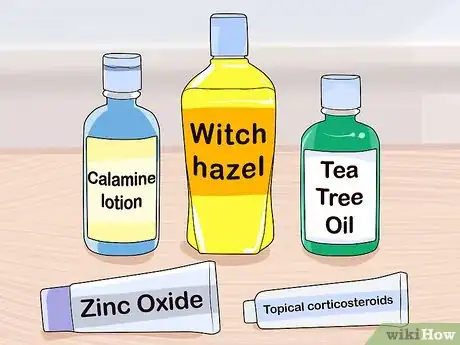

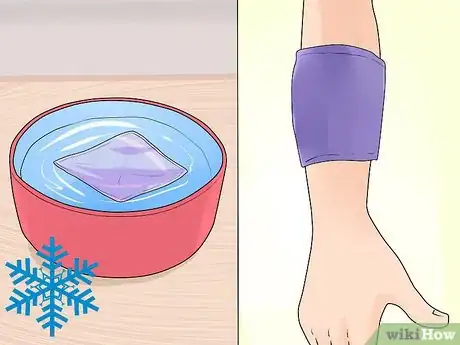

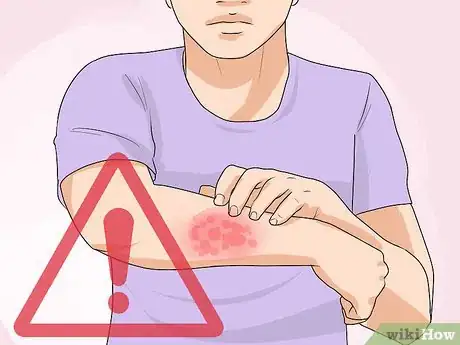
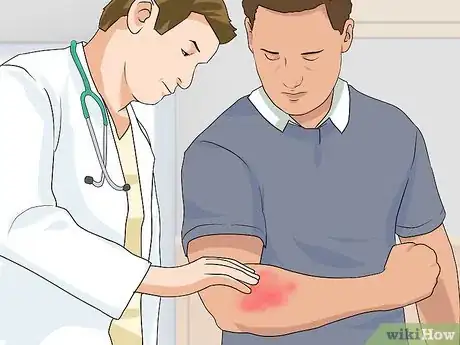


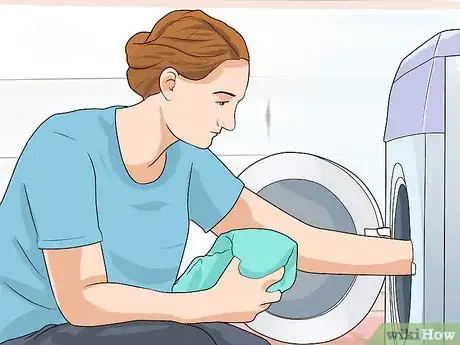
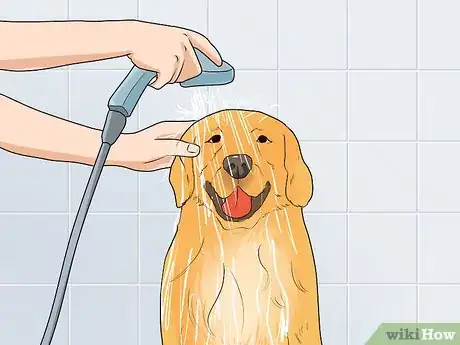
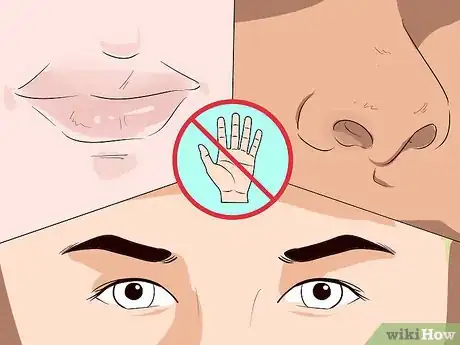
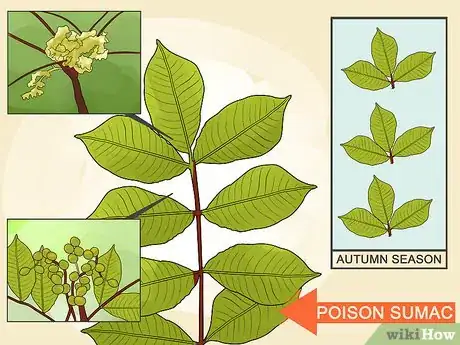
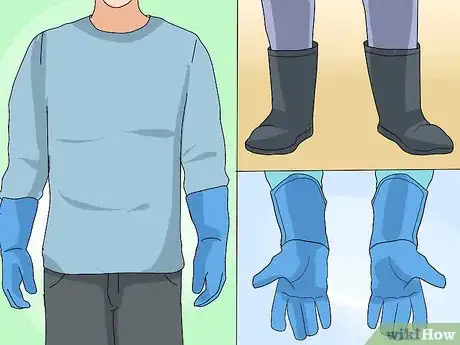
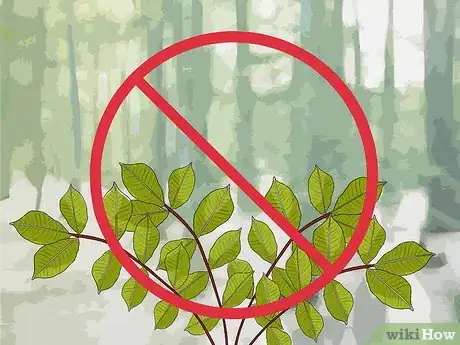












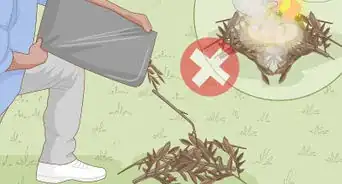











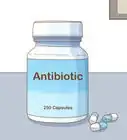





































Medical Disclaimer
The content of this article is not intended to be a substitute for professional medical advice, examination, diagnosis, or treatment. You should always contact your doctor or other qualified healthcare professional before starting, changing, or stopping any kind of health treatment.
Read More...